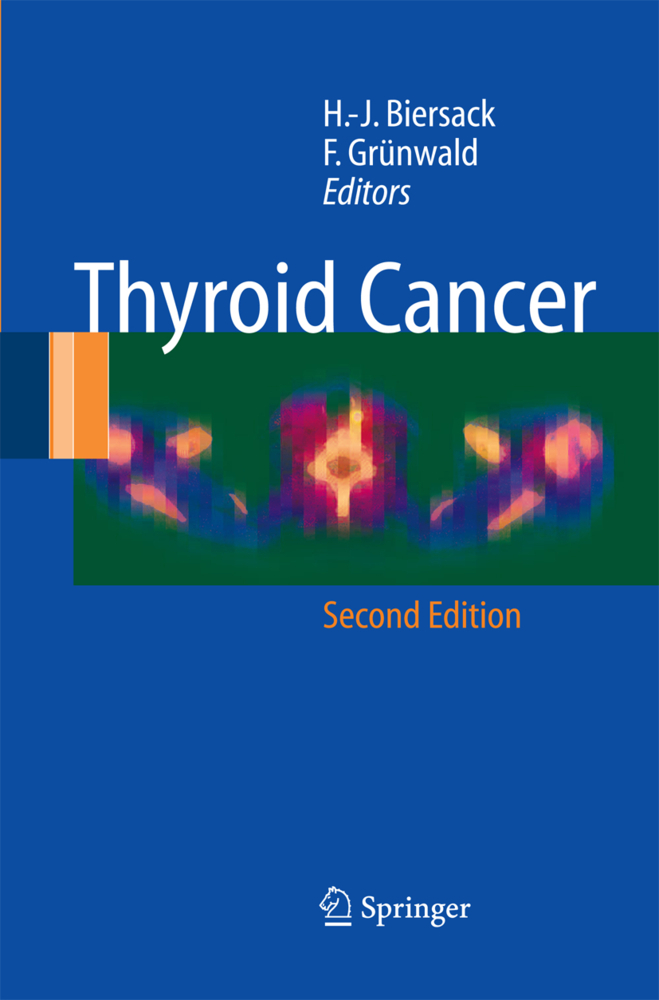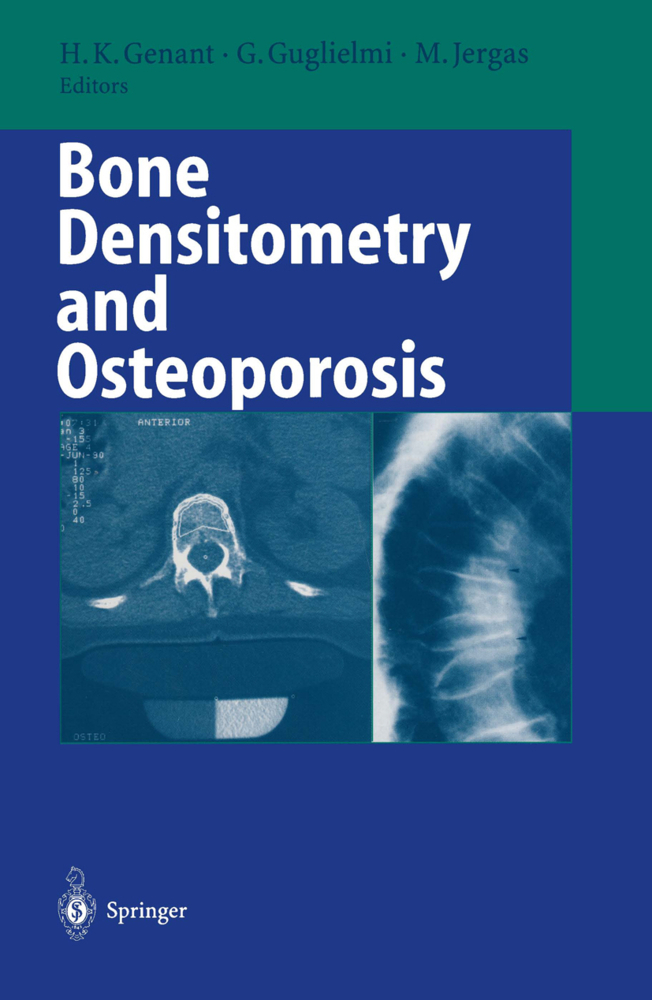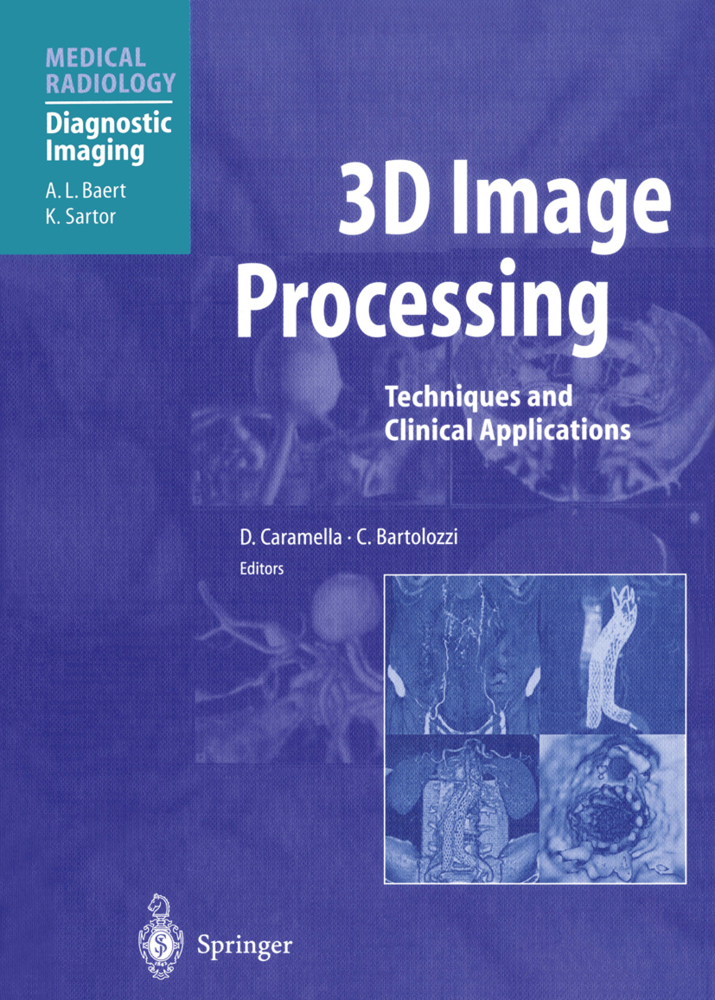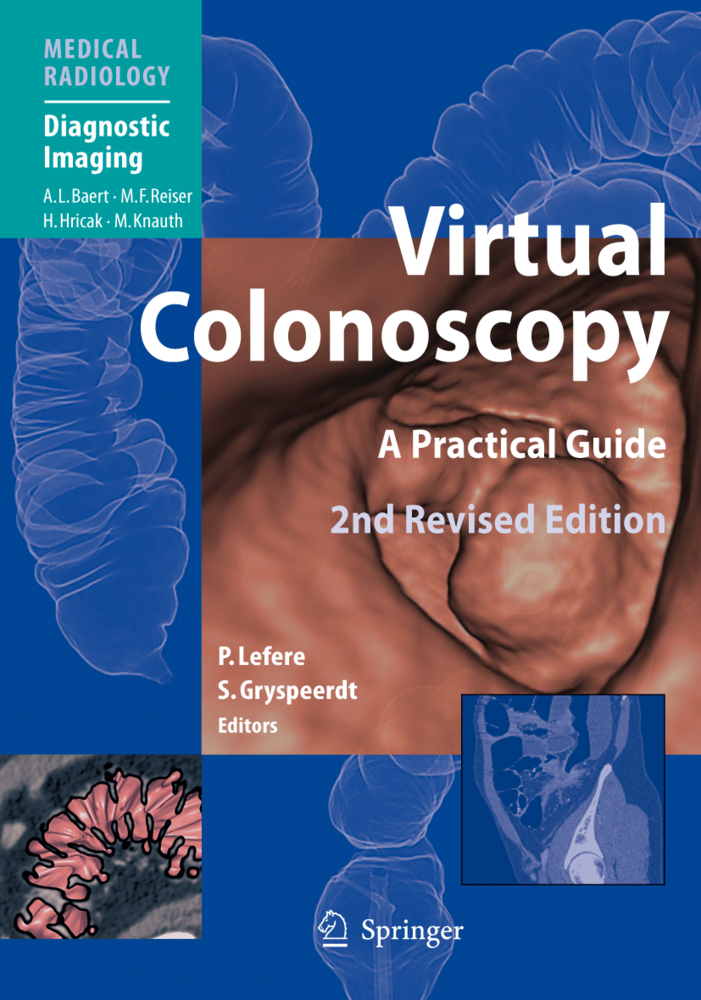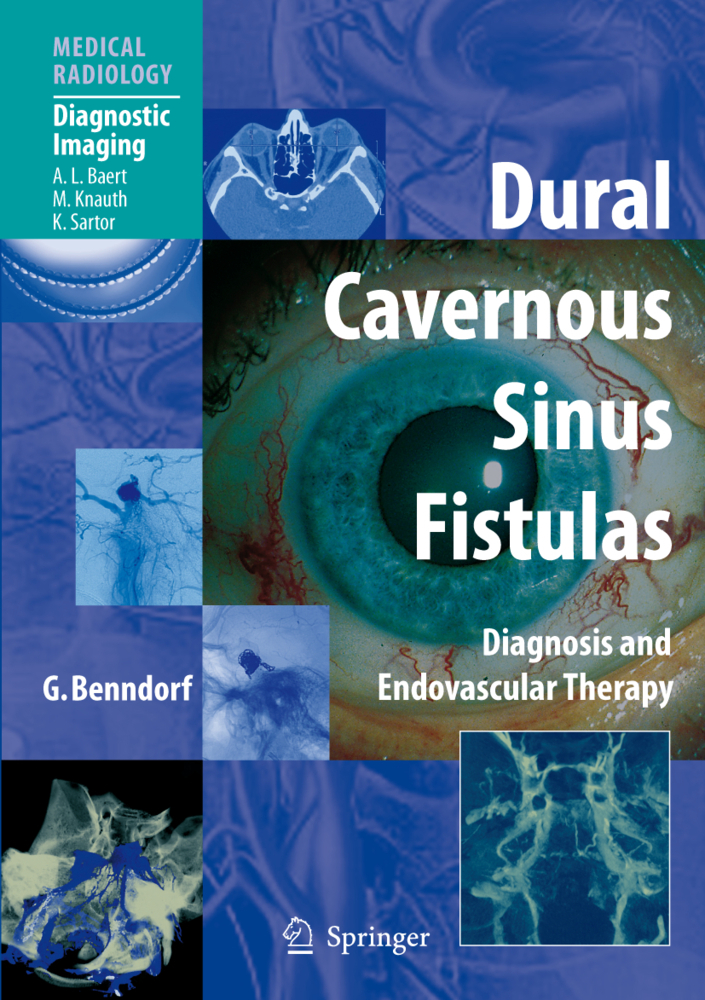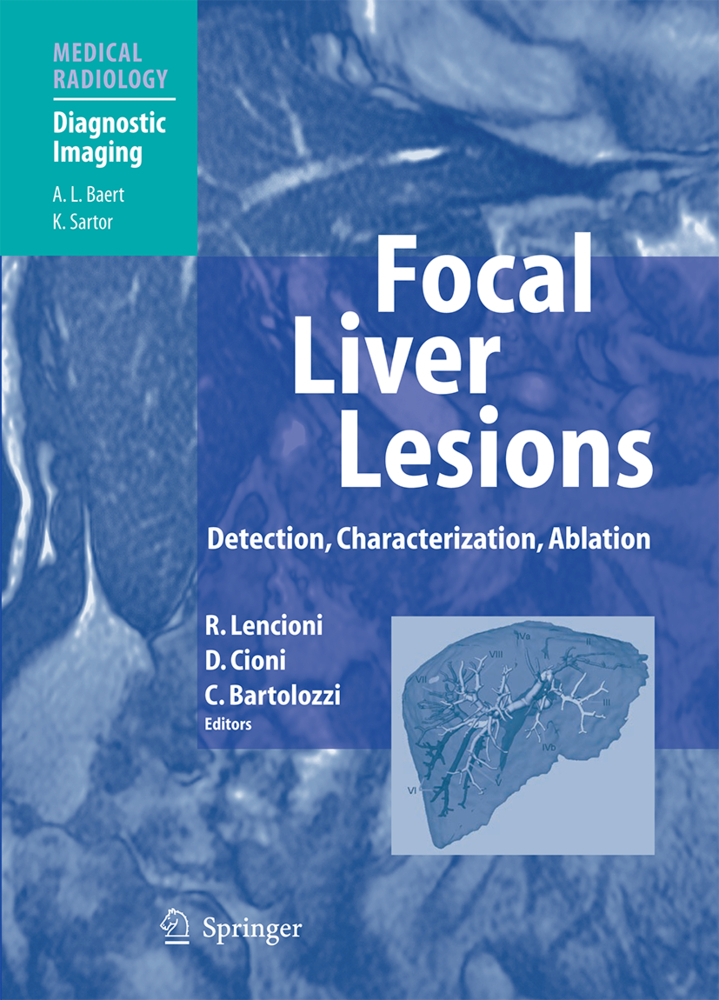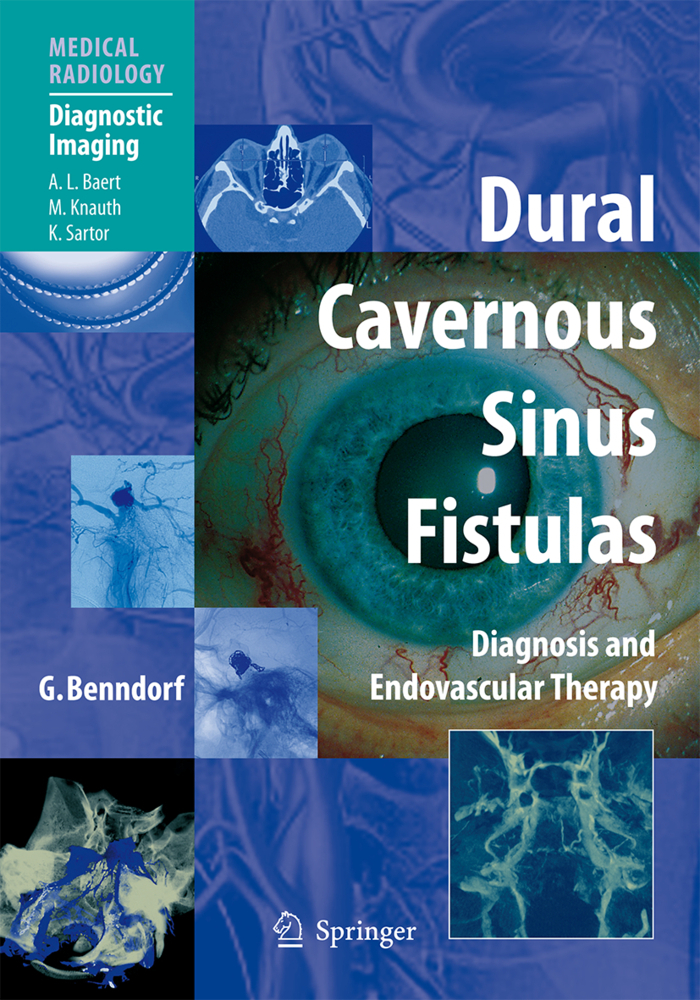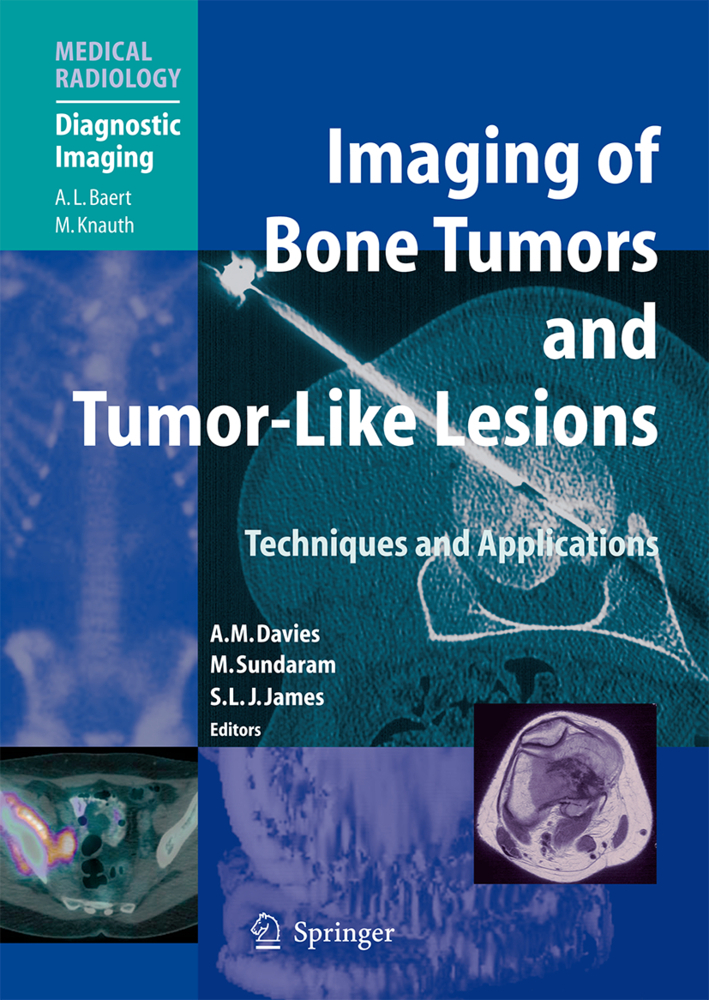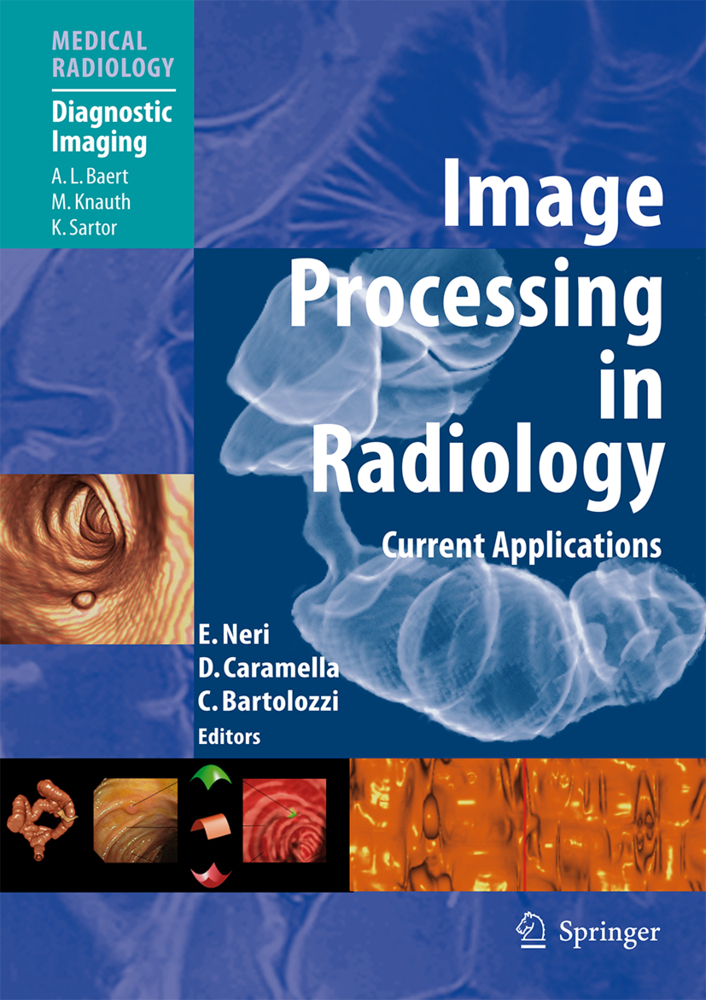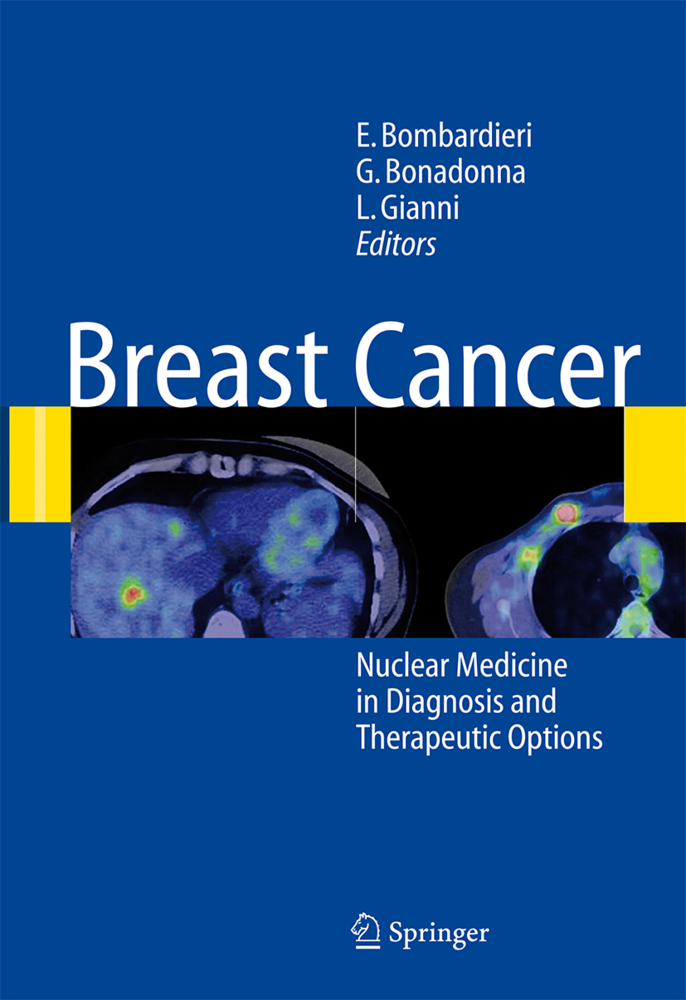Digital Radiography has been ? rmly established in diagnostic radiology during the last decade. Because of the special requirements of high contrast and spatial resolution needed for roentgen mammography, it took some more time to develop digital m- mography as a routine radiological tool. Recent technological progress in detector and screen design as well as increased ex- rience with computer applications for image processing have now enabled Digital Mammography to become a mature modality that opens new perspectives for the diag- sis of breast diseases. The editors of this timely new volume Prof. Dr. U. Bick and Dr. F. Diekmann, both well-known international leaders in breast imaging, have for many years been very active in the frontiers of theoretical and translational clinical research, needed to bring digital mammography ? nally into the sphere of daily clinical radiology. I am very much indebted to the editors as well as to the other internationally rec- nized experts in the ? eld for their outstanding state of the art contributions to this v- ume. It is indeed an excellent handbook that covers in depth all aspects of Digital Mammography and thus further enriches our book series Medical Radiology. The highly informative text as well as the numerous well-chosen superb illustrations will enable certi? ed radiologists as well as radiologists in training to deepen their knowledge in modern breast imaging.
1;Foreword;5 2;Preface;6 3;Contents;7 4;Abbreviations;9 5;Chapter 1;12 5.1;Basic Physics of Digital Mammography;12 5.1.1;1.1 Introduction;12 5.1.2;1.2 Characterizing Imaging Performance;13 5.1.3;1.3 Basic Physics of Image Acquisition;13 5.1.3.1;1.3.1 Detection of X-Rays;14 5.1.3.2;1.3.2 Recording of the Image;15 5.1.3.3;1.3.3 Sampling;16 5.1.3.3.1;1.3.3.1 Some Spatial Sampling Concepts;16 5.1.3.3.2;1.3.3.2 Sampling of Signal Level;17 5.1.4;1.4 Noise;17 5.1.4.1;1.4.1 Quantum Noise;17 5.1.4.2;1.4.2 Structural Noise;18 5.1.4.3;1.4.3 Signal Difference-to-Noise Ratio;18 5.1.5;1.5 Radiation Dose;18 5.1.6;1.6 Scattered Radiation;18 5.1.7;1.7 Spatial Resolution;19 5.1.7.1;1.7.1 Modulation Transfer Function;19 5.1.8;1.8 Detective Quantum Effi ciency;20 5.1.9;1.9 Energy Spectra for Digital Mammography;21 5.1.10;1.10 Clinical Dose Levels in Digital Mammography;22 5.1.11;References;22 6;Chapter 2;23 6.1;Detectors for Digital Mammography;23 6.1.1;2.1 Introduction;23 6.1.2;2.2 Geometric Considerations;24 6.1.3;2.3 Basic Physics of X-Ray Detectors;24 6.1.3.1;2.3.1 Photoconductors;25 6.1.3.2;2.3.2 Phosphors;26 6.1.3.3;2.3.3 Photostimulable Phosphors;26 6.1.3.4;2.3.4 Noble Gases;26 6.2;2.4 Aspects of Detector Performance;26 6.2.1;2.4.1 Quantum Detection Effi ciency;26 6.2.2;2.4.2 Sensitivity;27 6.2.3;2.4.3 Noise in Detectors;28 6.3;2.5 Detector Corrections;29 6.3.1;2.5.1 Uniformity Correction;29 6.3.2;2.5.2 Resolution Restoration;31 6.4;2.6 Linear vs. Logarithmic Response;31 6.5;2.7 Detector Types;31 6.5.1;2.7.1 Phosphor-Flat Panel;31 6.5.2;2.7.2 Phosphor-CCD System;33 6.5.3;2.7.3 Photostimulable Phosphor System;33 6.5.4;2.7.4 Selenium Flat Panel;36 6.5.5;2.7.5 X-Ray Quantum Counting Systems;37 6.6;2.8 Spatial Resolution;37 6.7;2.9 Toward Smaller Dels;40 6.8;2.10 Automatic Exposure Control;40 6.9;References;41 7;Chapter 3;42 7.1;Quality Control in Digital Mammography;42 7.1.1;3.1 Introduction;42 7.1.2;3.2 Image Quality;44 7.1.3;3.3 Image Noise;45 7.1.4;3.4 Homogeneity and Artifacts;46 7.1.4.1;3.4.1 Artifacts Due to Problems with the Image Receptor;47 7.1.4.2;3.4.2 Artifacts Related to Detector Calibration;47 7.1.4.3;3.4.3 Artifacts Due to Other Problems;48 7.1.5;3.5 Dosimetry;48 7.1.6;3.6 Quality Control of Image Processing;50 7.1.6.1;3.6.1 Radiological Evaluation;51 7.1.6.2;3.6.2 Quality of Image Processing Algorithms in Terms of Detectability of Lesions;52 7.1.7;3.7 Quality Control of Monitors;53 7.1.7.1;3.7.1 Physics Tests;54 7.1.7.2;3.7.2 Human Reading of Test Patterns;55 7.1.7.3;3.7.3 Fully Automated Procedures;55 7.1.7.4;3.7.4 Conclusion;57 7.1.8;3.8 Routine Quality Control Tests and Their Automation;57 7.1.8.1;3.8.1 A Practical Example of Periodic Technical Quality Control;58 7.1.8.2;3.8.2 Conclusion;58 7.1.9;References;63 8;Chapter 4;64 8.1;Classification of Artifacts in Clinical Digital Mammography;64 8.1.1;4.1 Introduction;64 8.1.2;4.2 Classifi cation;65 8.1.2.1;4.2.1 Technologist-Related Artifacts;65 8.1.2.2;4.2.2 Mammography Unit Related Artifacts;67 8.1.2.3;4.2.3 Software-Related Artifacts;71 8.1.3;4.3 Conclusion;74 8.1.4;References;75 9;Chapter 5;77 9.1;Image Processing;77 9.1.1;5.1 Introduction;77 9.1.2;5.2 Grayscale Transforms;78 9.1.3;5.3 Spatial Enhancement;80 9.1.3.1;5.3.1 Unsharp Masking;80 9.1.3.2;5.3.2 Adaptive Histogram Equalization;81 9.1.3.3;5.3.3 Multiscale Image Enhancement;82 9.1.3.4;5.3.4 Peripheral Enhancement;83 9.1.3.5;5.4 Matching Current and Prior Mammograms;85 9.1.3.6;5.5 Physics-Based Methods;88 9.1.3.7;5.6 Evaluation of Mammogram Processing;89 9.1.4;References;90 10;Chapter 6;92 10.1;Computer-aided Detection and Diagnosis;92 10.1.1;6.1 Introduction;92 10.1.2;6.2 Short Historical Overview;93 10.1.3;6.3 Clinical Need for CAD in Mammography;94 10.1.3.1;6.3.1 Missed Cancers;94 10.1.3.2;6.3.2 Low Positive Predictive Value for Biopsy Recommendations;95 10.1.3.3;6.3.3 Reader Variability;95 10.1.4;6.4 Generic Description of CADe and CADx Schemes;95 10.1.4.1;6.4.1 Methodology;95 10.1.4.2;6.4.2 Required Pixel Size;98
| ISBN | 9783540784500 |
|---|---|
| Artikelnummer | 9783540784500 |
| Medientyp | E-Book - PDF |
| Auflage | 2. Aufl. |
| Copyrightjahr | 2010 |
| Verlag | Springer-Verlag |
| Umfang | 219 Seiten |
| Kopierschutz | Digitales Wasserzeichen |

